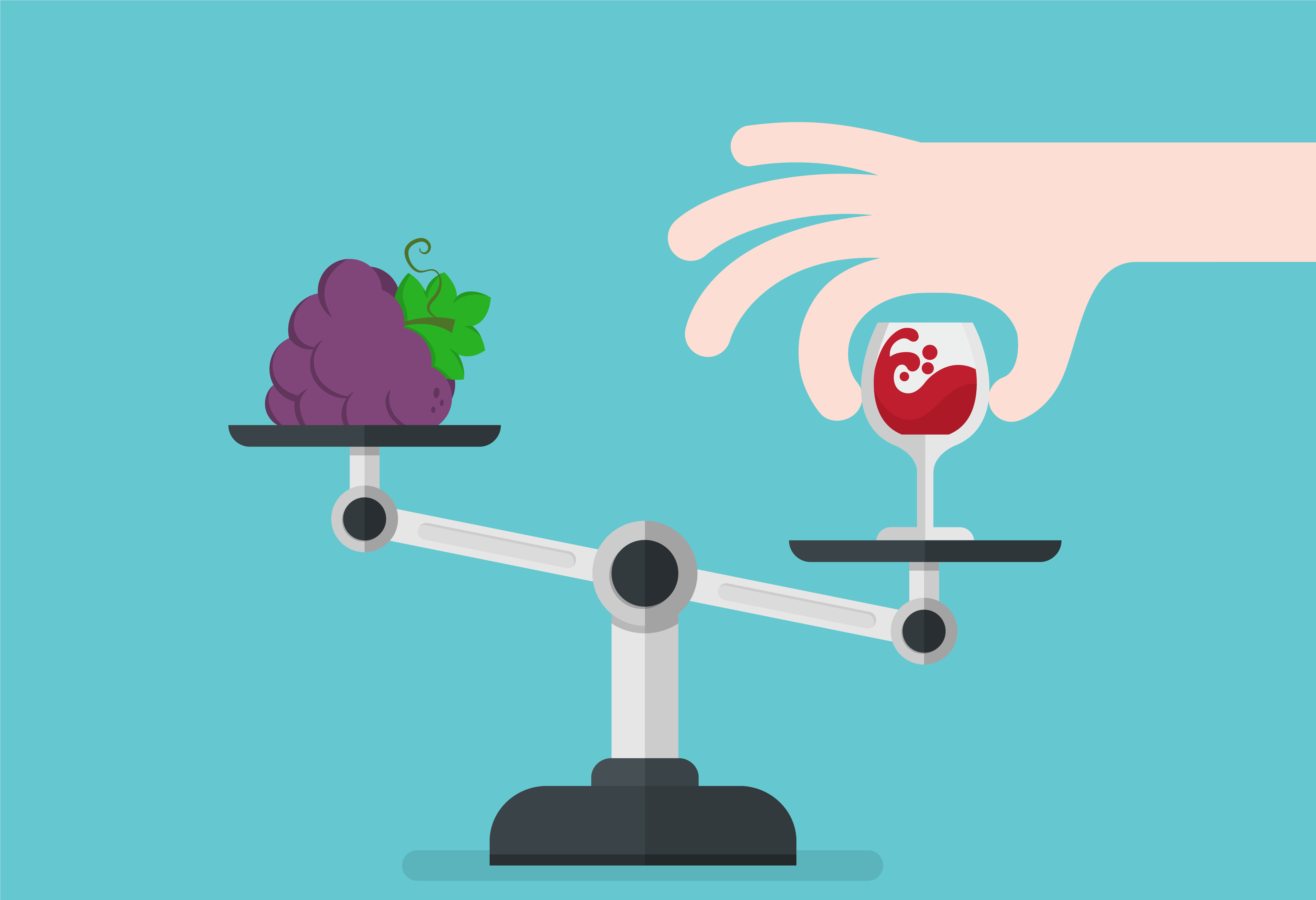
Club Soda calls for government clarity on low abv drinks
Pro-moderation campaign group Club Soda believes there is an opportunity for growth in low-alcohol drinks, though it is currently being masked by alcohol-free sales and a lack of clarity on what exactly constitutes a low-abv serve.
As moderation continues to grow, Club Soda believes there will be more demand for ‘sessionable’ drinks which allow people to drink without imbibing as much alcohol. However, a lack of choice for consumers in this space remains, the group says. Growth is being ‘hampered by the fact the government has not sorted out descriptors for alcohol-free, and therefore low & no tends to be code for the alcohol-free category only. Low’s language has been hijacked, and it cannot describe itself adequately because of this. There needs to be clarity about what can be called ‘low, ‘reduced’, ‘lower’ and ‘light’ drinks’.
The remarks appeared as part of the group’s new report, The Forgotten Middle: A white paper on the challenges for lower abv drinks, where Club Soda founder Laura Willoughby, criticised the government for ‘dilly-dallying’ on alcohol-free descriptors.
She said: “If moderation is the dominant behaviour of consumers, then it makes sense that they are beginning to think about what they drink when they are drinking alcohol just as much as when they are not. We see the growth of low, light, and sessionable drinks beginning to show up in trends and consumer requests, especially in beer and cocktails.”
Anthony O’Connor from Cut Classics, who supported the white paper research, added: “Gin, rum, vodka and other popular spirits have been around for centuries and while their typical abv has remained strong, the world and society has changed hugely. It’s a valid to question to ask why we still insist on making spirits at 40% (sometimes considerably more) in a world where alcohol consumption is reducing, and advice from governments globally is to reduce the amount you drink. It’s time to respond to evolving consumer habits, lifestyles and health concerns.”
The report was launched at The Pub Show at Excel last week, where a panel of industry experts discussed the growing market and the obstacles in the way. The panel included Jason Sennitt, co-founder of soon to be launched wine brand ‘6%’.
“What you call low alcohol is important for consumers’ understanding of the category. Full-strength and de-alcoholised wine can be called ‘wine’, but if you blend them together, the created lower-alcohol wine can only be called a ‘wine-based drink’. Similarly, the concept of ‘mid-strength’ wine feels intuitive and helpful for drinkers, but that descriptor isn’t currently permitted,” he concluded.





